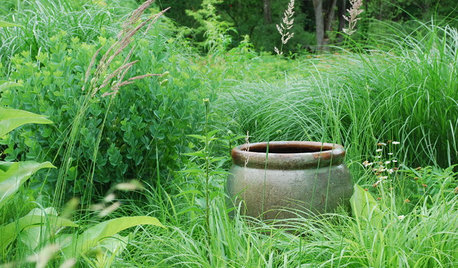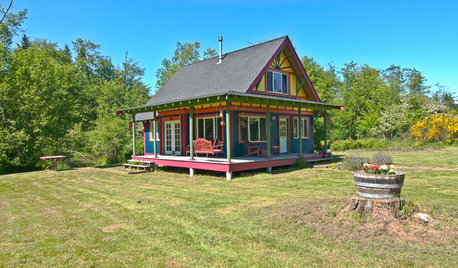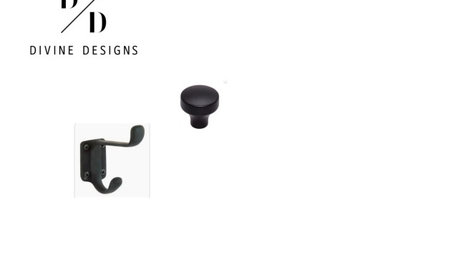Holy aphids Batman!
bear999
10 years ago
Related Stories

DECORATING GUIDESHoly Creativity, Batman!: Comic Strip Decor for Real Life
The evil villains of uninspired design don't stand a chance against these doldrum-fighting superheroes
Full Story
GARDENING GUIDESHow to Keep Your Citrus Trees Well Fed and Healthy
Ripe for some citrus fertilizer know-how? This mini guide will help your lemon, orange and grapefruit trees flourish
Full Story
GARDENING GUIDES5 Invaluable Life Lessons From the Garden
The garden is both teacher and healer. Don't be afraid — dig in and reap the benefits
Full Story
HOUZZ TOURSMy Houzz: French Country Meets Southern Farmhouse Style in Georgia
Industrious DIYers use antique furniture, collections and warm colors to cozy up their traditional home
Full Story
HOUZZ TOURSMy Houzz: Small, Vivid Island Home in Washington
A family guest home on Vashon Island becomes a primary dwelling with salvaged materials, efficient space planning and thoughtful details
Full Story
KITCHEN OF THE WEEKDark Gray Sophistication in a Shaker-Style Kitchen
Rich paint used throughout this compact London space helps create a kitchen that’s contemporary and inviting
Full Story
MORE ROOMS12 Mega-Media Rooms for Super Bowl Sunday
Imagine Watching the Big Game in One of These Over-the-Top Home Theaters
Full Story
KITCHEN DESIGNKitchen of the Week: Resurrecting History on a New York Farm
Built with a 1790 barn frame, this modern-rustic kitchen on a working farm honors the past and makes connections in the present
Full Story
MODERN HOMESHouzz Tour: A Modern Remake Brings Ocean Views Into Focus
Expanses of glass open up 180-degree coastal views in a sleek family home
Full Story
HOLIDAYSHouzz Call: Show Us Your Christmas Tree!
How lovely are your branches? Post a picture and share your stories
Full Story








jean001a
bear_with_me
Related Professionals
Bellflower Landscape Architects & Landscape Designers · Harrison Landscape Architects & Landscape Designers · Lake Oswego Landscape Architects & Landscape Designers · Oatfield Landscape Architects & Landscape Designers · Sand Springs Landscape Architects & Landscape Designers · Danvers Landscape Contractors · Essex Landscape Contractors · Glendale Heights Landscape Contractors · Rancho Santa Margarita Landscape Contractors · Kuna Fence Contractors · Paramount Fence Contractors · Provo Fence Contractors · Sacramento Fence Contractors · Sandy Springs Fence Contractors · Tempe Fence Contractorsbear_with_me
bear999Original Author
greenmann
mikebotann
bear999Original Author
greenmann
gernm18
bear999Original Author